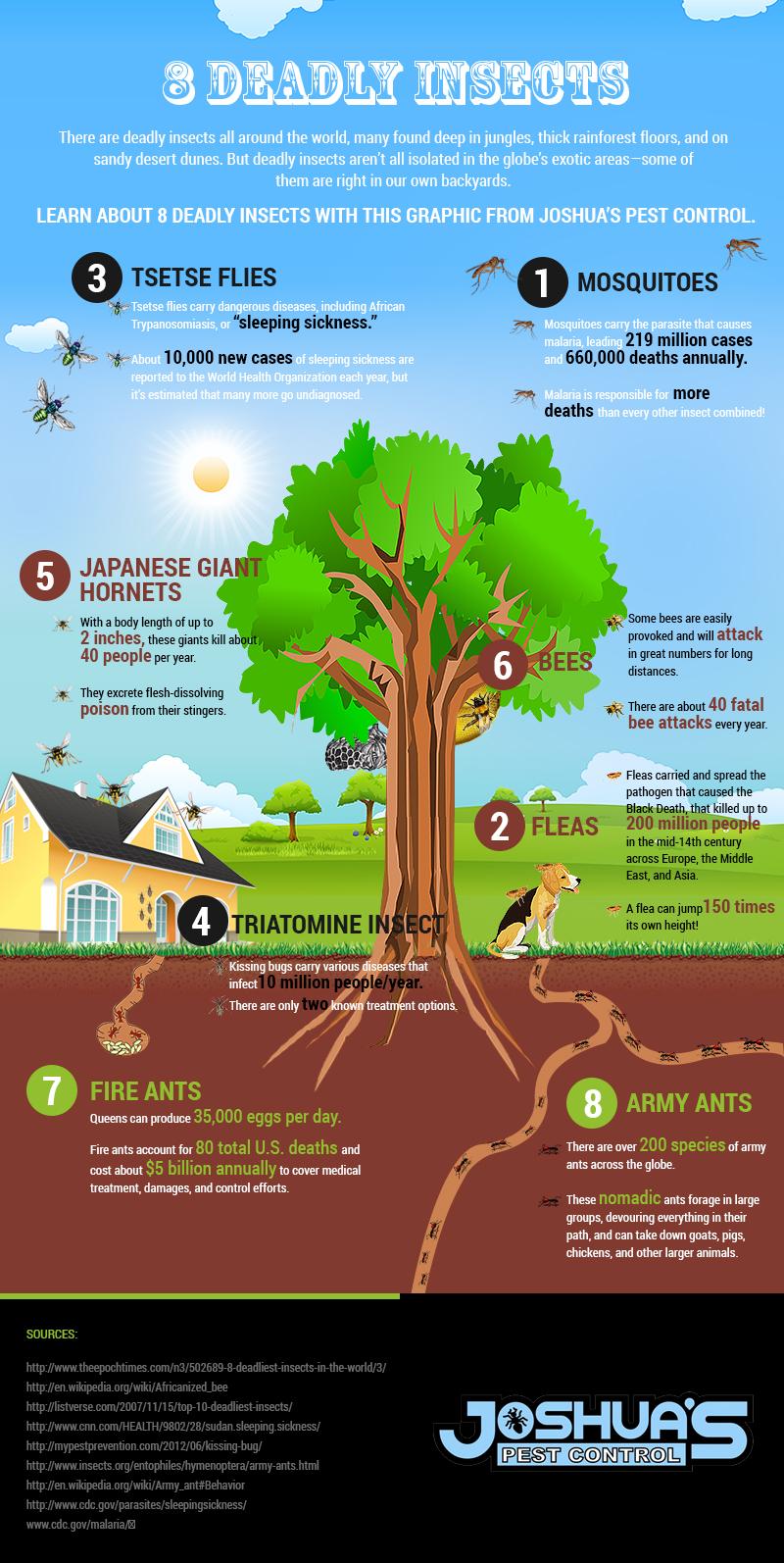Tips For Homeowners: Just How To Keep Rodents Out Of Your Attic
Tips For Homeowners: Just How To Keep Rodents Out Of Your Attic
Blog Article
Write-Up Writer-Silver Cheek
Imagine your attic room as a cozy Airbnb for rodents, with insulation as fluffy as hotel pillows and electrical wiring more enticing than space solution. Now, think of these unwanted guests tossing a wild celebration in your home while you're away. As a homeowner, guaranteeing your attic is rodent-proof is not nearly assurance; it's about shielding your building and liked ones. So, what straightforward actions can you require to secure your shelter from these hairy burglars?
Check for Entrance Information
To begin rodent-proofing your attic room, examine for entry factors. Begin by thoroughly checking out the exterior of your home, seeking any kind of openings that rodents can make use of to get to your attic. Check for voids around utility lines, vents, and pipes, as well as any kind of splits or holes in the foundation or home siding. Ensure to pay attention to areas where different structure materials meet, as these prevail access factors for rodents.
Furthermore, inspect mouse removal near me for any type of damaged or missing out on shingles, along with any kind of spaces around the edges where rodents might squeeze with. Inside the attic room, try to find indications of existing rodent task such as droppings, ate wires, or nesting materials. Make kill ants in vegetable garden of a flashlight to thoroughly inspect dark edges and surprise spaces.
Seal Cracks and Gaps
Check your attic room completely for any kind of splits and spaces that require to be sealed to stop rats from going into. Rats can squeeze through even the smallest openings, so it's critical to seal any type of possible entrance points. Examine around pipes, vents, cords, and where the walls meet the roof covering. Use a combination of steel wool and caulking to seal off these openings effectively. Steel wool is a superb deterrent as rats can not eat through it. Ensure that all gaps are firmly secured to refute accessibility to unwanted pests.
termites in ceiling ignore the value of securing gaps around windows and doors as well. natural mosquito killer removing or door moves to seal these locations properly. Inspect the locations where utility lines go into the attic room and secure them off making use of an appropriate sealant. By making the effort to secure all splits and gaps in your attic, you develop a barrier that rats will locate difficult to breach. Prevention is type in rodent-proofing your attic, so be complete in your efforts to seal any type of prospective entrance factors.
Remove Food Resources
Take proactive actions to eliminate or store all potential food resources in your attic to hinder rodents from infesting the room. Rodents are attracted to food, so removing their food sources is critical in keeping them out of your attic.
Below's what you can do:
1. ** Shop food securely **: Prevent leaving any food products in the attic room. Shop all food in closed containers constructed from steel or sturdy plastic to avoid rodents from accessing them.
2. ** Tidy up particles **: Remove any type of piles of particles, such as old papers, cardboard boxes, or wood scraps, that rodents can make use of as nesting product or food resources. Maintain the attic clutter-free to make it less attractive to rats.
3. ** Dispose of trash correctly **: If you use your attic room for storage and have rubbish or waste up there, see to it to take care of it regularly and correctly. Decaying garbage can attract rodents, so keep the attic clean and without any kind of organic waste.
Final thought
In conclusion, remember that an ounce of avoidance is worth an extra pound of remedy when it concerns rodent-proofing your attic room.
By taking the time to check for entry points, seal splits and voids, and get rid of food sources, you can maintain undesirable pests away.
Bear in mind, 'An ounce of avoidance deserves an extra pound of remedy' - Benjamin Franklin.
Stay aggressive and safeguard your home from rodent infestations.
